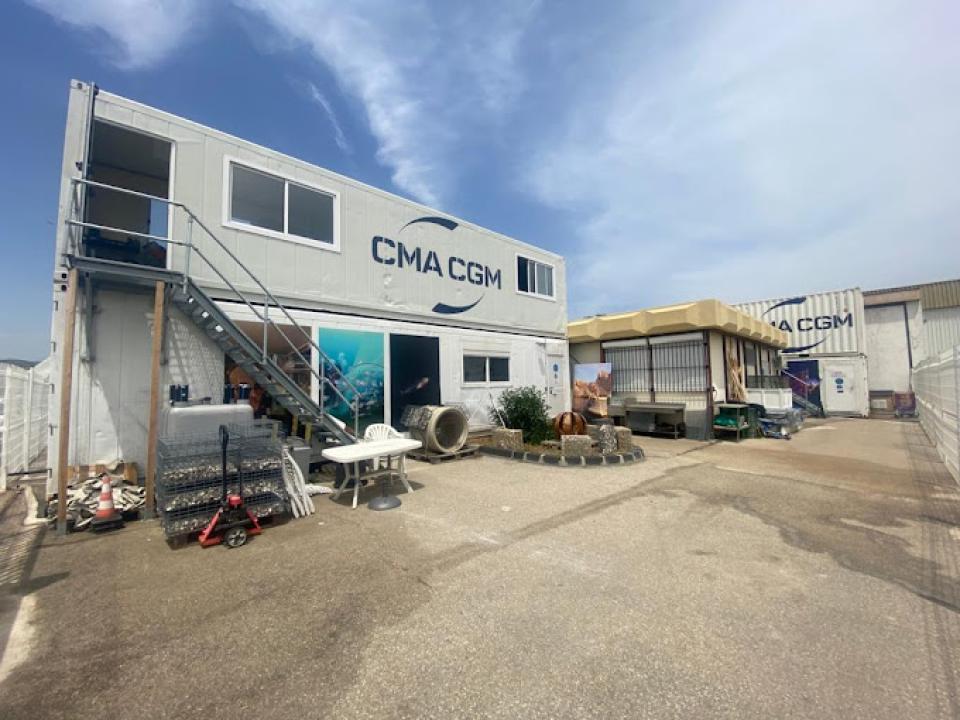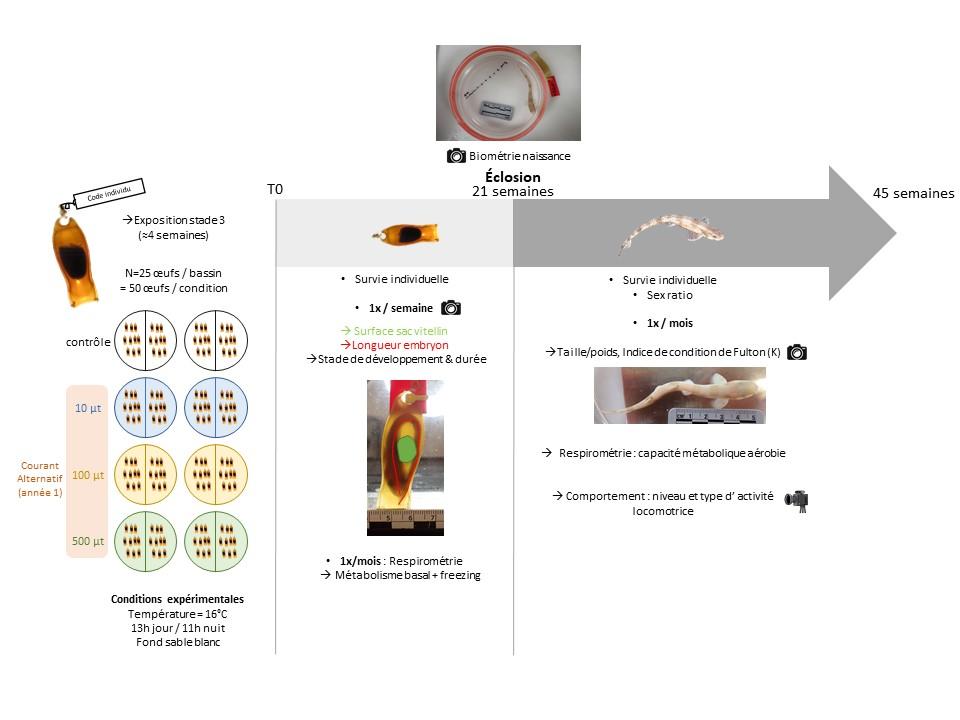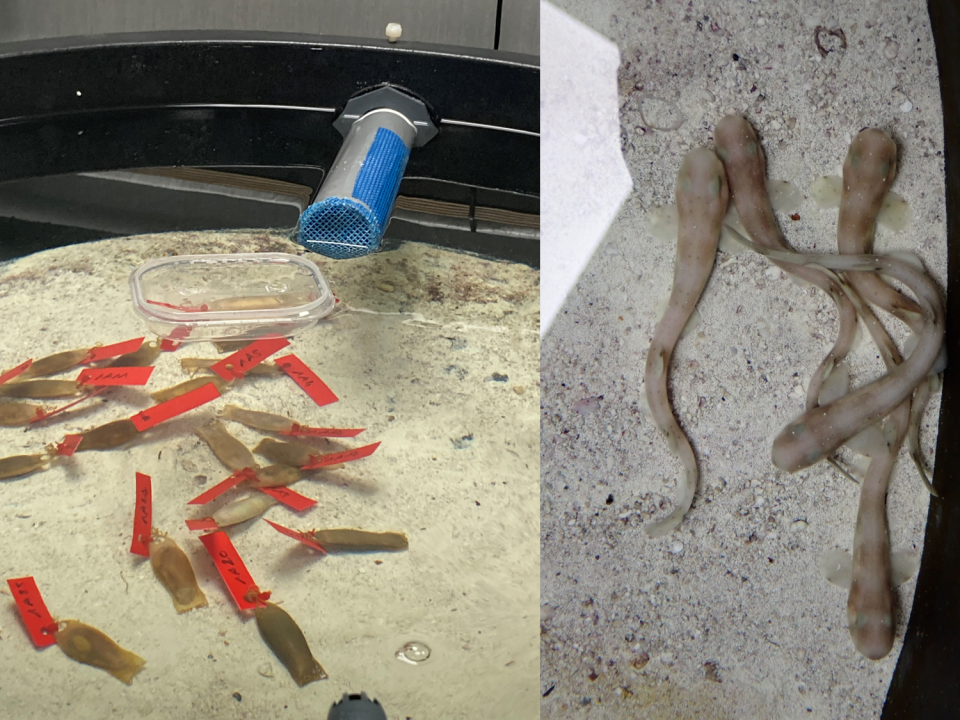In the context of climate change, energy production represents one of the major socio-economic and environmental challenges of the coming decades, raising major strategic, economic and financial stakes. Among marine renewable energy (MRE) producers, offshore wind farms are currently booming, particularly in Europe, and are seen as a key energy source for the energy transition (Esteban et al., 2011; Gill et al., 2014). Wind farms can induce noise, vibrations, interruptions to ecological continuity and generate electromagnetic fields at the level of submarine electric cables (CES). They can affect the behavior of electro- and magneto-sensitive species, which use "natural" electromagnetic fields to move and feed. The increasing number of offshore wind farms is likely to amplify these effects, while existing information on their impact on ichthyological communities remains patchy. Studies have been limited to a few species of commercial interest, and exposure to electromagnetic fields is relatively short-lived. CES can transmit alternating current (AC) or direct current (DC), depending on the function, power and length of the wind turbine transmission line. Currently, wind farms located less than 50 km from the coast use AC current, whereas future, more powerful wind farms will be located more than 50 km away and will use DC current.
In this context, the project CEMARB aims to identify and evaluate the effects of DC and AC magnetic fields from embryo to juvenile stage on the survival, development, growth and behavior of elasmobranchs, an elero-sensitive species at conservation risk. The results of this study will enable us to understand more precisely how elasmobranchs react to electromagnetic fields, depending on their intensity and the type of current, and thus the type of offshore wind farm (fixed or floating). They will improve our knowledge of the impact of MREs on marine species, providing managers and decision-makers with the information they need to meet the challenges of developing MREs without harming marine biodiversity.
Contact:
In this context, the project CEMARB aims to identify and evaluate the effects of DC and AC magnetic fields from embryo to juvenile stage on the survival, development, growth and behavior of elasmobranchs, an elero-sensitive species at conservation risk. The results of this study will enable us to understand more precisely how elasmobranchs react to electromagnetic fields, depending on their intensity and the type of current, and thus the type of offshore wind farm (fixed or floating). They will improve our knowledge of the impact of MREs on marine species, providing managers and decision-makers with the information they need to meet the challenges of developing MREs without harming marine biodiversity.
Contact:
- Julie Lucas, BIOPAC, julie.lucas@mnhn.fr
- Thomas Trancart, BIOPAC, thomas.trancart@mnhn.fr










